Nestled in the annals of paleontological controversy lies one of the most contentious debates in dinosaur classification: the identity of Nanotyrannus. First discovered in the 1940s and named in 1988, this mysterious tyrannosaurid has sparked passionate disagreements among scientists for decades. Some paleontologists maintain that Nanotyrannus lancensis represents a distinct, smaller species of tyrannosaur that lived alongside Tyrannosaurus rex during the Late Cretaceous period. Others argue just as vehemently that these specimens are simply juvenile T. rex fossils, misclassified due to the dramatic changes that occurred during tyrannosaur development. The controversy touches on fundamental aspects of dinosaur growth, evolution, and the methodologies scientists use to distinguish between species. Let’s dive into this fascinating paleontological puzzle that continues to divide expert opinion.
The Discovery and Naming of Nanotyrannus
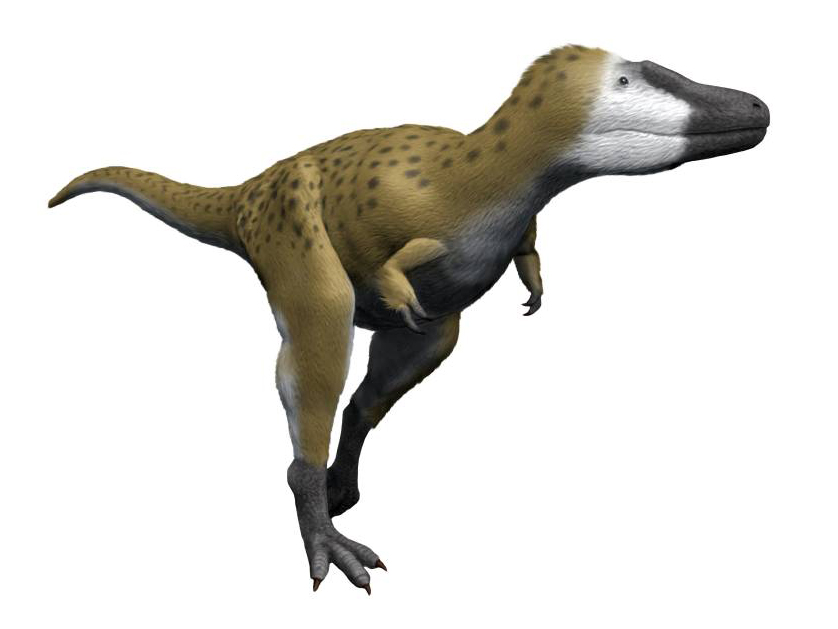
The story begins in 1942 when a small tyrannosaur skull, specimen CMNH 7541, was discovered in Montana’s famous Hell Creek Formation. Initially classified as a specimen of Gorgosaurus by Charles W. Gilmore, the fossil remained relatively obscure for decades. In 1988, paleontologist Robert T. Bakker and colleagues reexamined the skull and concluded it belonged to a new genus altogether. They named it Nanotyrannus lancensis—meaning “dwarf tyrant from Lance”—referring to its smaller size compared to T. rex and its discovery in the Lance Formation (now known as part of the Hell Creek Formation). The skull measured about 60 centimeters (24 inches) long, significantly smaller than an adult T. rex skull, which could reach 1.5 meters (5 feet). The distinctive features noted included a different tooth count, a more slender skull shape, and various cranial features that appeared different from known tyrannosaurs.
The “Jane” Specimen Enters the Debate
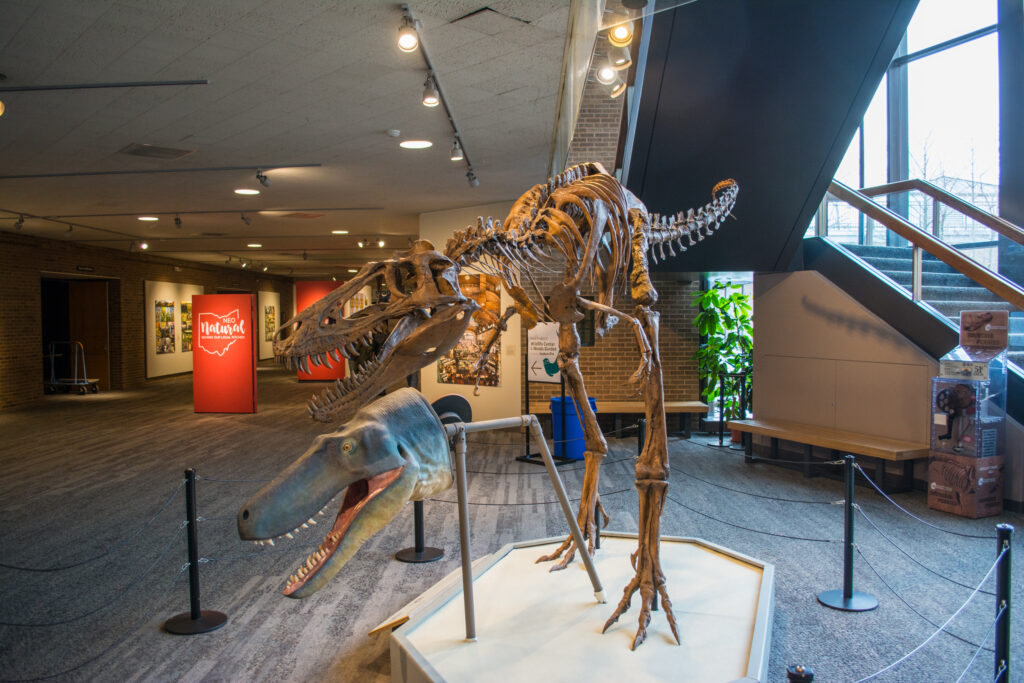
The debate surrounding Nanotyrannus intensified in 2001 with the discovery of a nearly complete tyrannosaur skeleton nicknamed “Jane” (specimen BMRP 2002.4.1) in Montana. This remarkably preserved specimen shared many characteristics with the original Nanotyrannus skull but was more complete, providing paleontologists with substantially more anatomical information. Jane measures approximately 6.5 meters (21 feet) in length, about half the size of the largest known T. rex specimens. The discovery immediately revitalized the Nanotyrannus debate, with some researchers pointing to unique features that supported its status as a separate species, while others argued that Jane represented a juvenile T. rex in a previously undocumented growth stage. The specimen became a centerpiece in the controversy, with both sides using it as evidence for their competing interpretations.
The Case for Nanotyrannus as a Valid Species
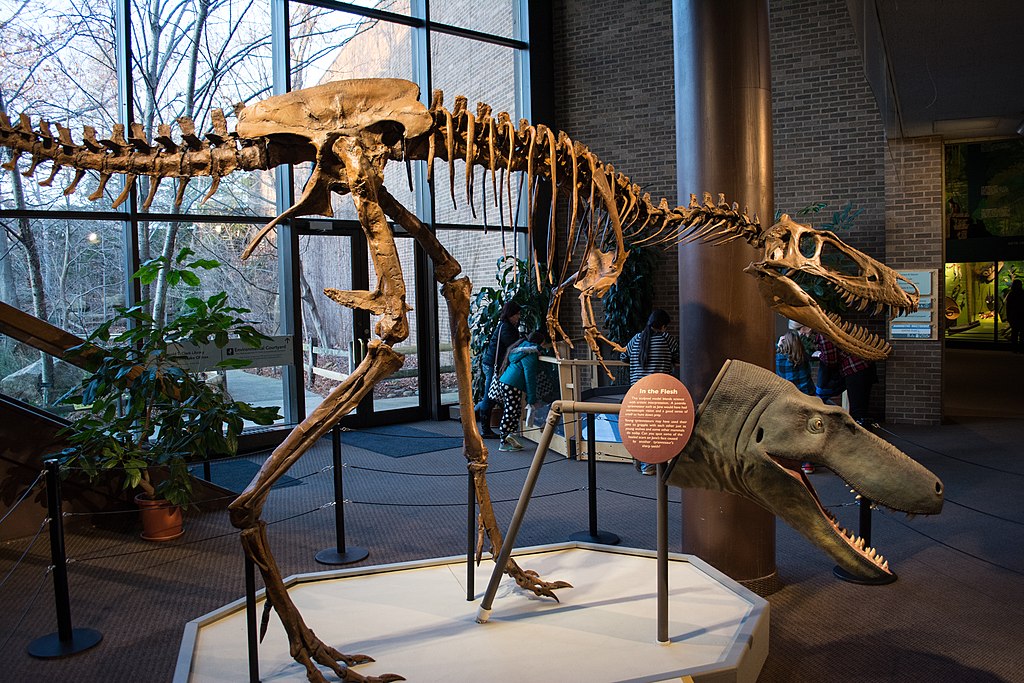
Proponents of Nanotyrannus as a distinct species point to several anatomical features they believe differentiate it from Tyrannosaurus rex. One key argument involves the tooth count—Nanotyrannus specimens appear to have more teeth than adult T. rex fossils, with 15-16 teeth in the maxilla compared to T. rex’s typical 11-12. Some researchers also highlight differences in skull morphology, including a more slender snout, larger eyes relative to skull size, and certain unique features in the braincase structure. Additionally, advocates note differences in the forelimbs, which appear proportionally longer in Nanotyrannus specimens than would be expected in juvenile T. rex individuals. Perhaps most significantly, some studies of bone microstructure suggest that specimens like Jane were growing more slowly than would be expected for a juvenile T. rex of similar size, potentially indicating a different growth trajectory characteristic of a separate species.
Evidence Supporting the Juvenile T. rex Hypothesis
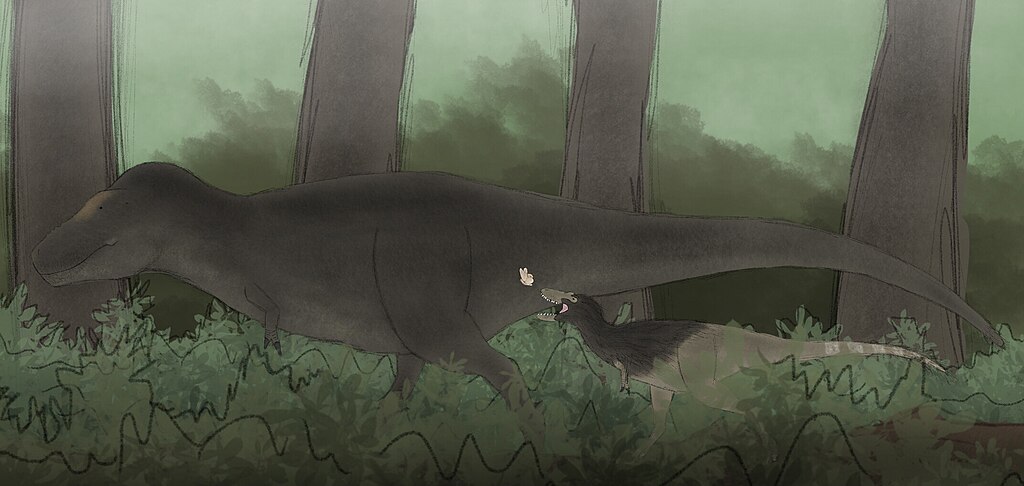
The majority view among paleontologists today leans toward interpreting Nanotyrannus specimens as juvenile Tyrannosaurus rex. This position gained substantial support through histological studies—examinations of bone microstructure—which revealed growth patterns consistent with juvenile tyrannosaurs rather than adult specimens of a smaller species. A compelling line of evidence comes from the well-documented phenomenon of “ontogenetic niche partitioning,” where juvenile dinosaurs often displayed different anatomical features adapted for different ecological roles than their adult counterparts. Researchers have documented that many dinosaur species, including tyrannosaurs, underwent dramatic changes during growth, including changes in tooth count, skull proportions, and limb ratios. Critics of the Nanotyrannus hypothesis argue that all of the supposedly distinctive features can be explained by these ontogenetic changes, particularly since there appears to be a neat size gradient from the smallest Nanotyrannus specimens to the largest T. rex individuals, with no clear morphological dividing line.
Histology: Reading the Bones’ Growth Records
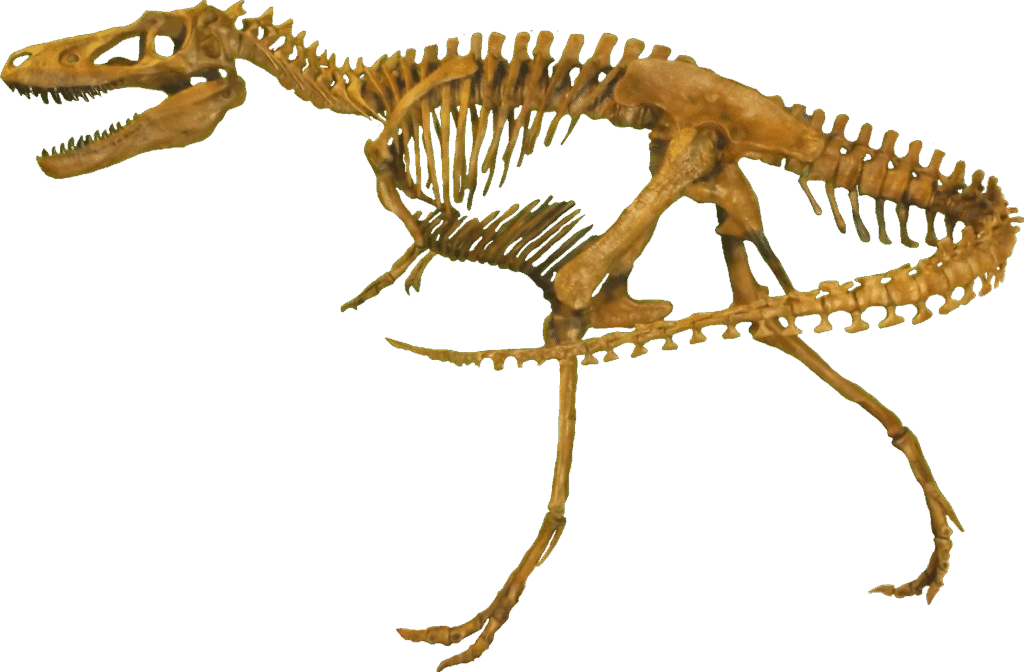
Bone histology—the microscopic study of bone structure—has become a crucial tool in the Nanotyrannus debate. By taking thin sections of bones and examining their internal structure under a microscope, paleontologists can determine the age and growth stage of dinosaur specimens. These studies reveal growth rings similar to tree rings, along with other microscopic features that indicate growth rate and maturity. Several histological studies of purported Nanotyrannus specimens, including Jane, have revealed bone tissues characteristic of rapidly growing juvenile animals rather than adult specimens of a smaller species. In 2020, a major study led by Holly Woodward examined leg bones from two purported Nanotyrannus specimens and found clear evidence of juvenile status, with growth rings suggesting they were approximately 13 and 15 years old at death—still in their teenage years by T. rex standards, as the species is thought to have reached maturity around 20 years of age. These findings strongly support the juvenile T. rex interpretation, though some researchers maintain that histology alone cannot definitively resolve the species question.
The Dramatic Growth Changes in Tyrannosaurs

The extreme transformation that tyrannosaurs underwent during growth adds significant complexity to the Nanotyrannus debate. Tyrannosaurus rex experienced perhaps the most dramatic growth spurt known among dinosaurs, increasing from approximately 10kg hatchlings to 9-ton adults—a weight increase of nearly 900 times. During this extraordinary growth process, T. rex individuals didn’t simply scale up proportionally; they underwent substantial changes in body proportions and skull morphology. Juveniles typically had longer, lower skulls with more numerous, slender teeth—adaptations possibly suited for catching smaller, faster prey. As they matured, their skulls became deeper and more robust, with fewer but larger teeth capable of crushing bone. Their eye sockets proportionally shrank while their snouts became blunter. These dramatic changes, now well-documented through a growth series of related tyrannosaurs, provide a plausible explanation for why Nanotyrannus specimens appear so different from adult T. rex, despite potentially belonging to the same species.
Ecological Implications of the Debate
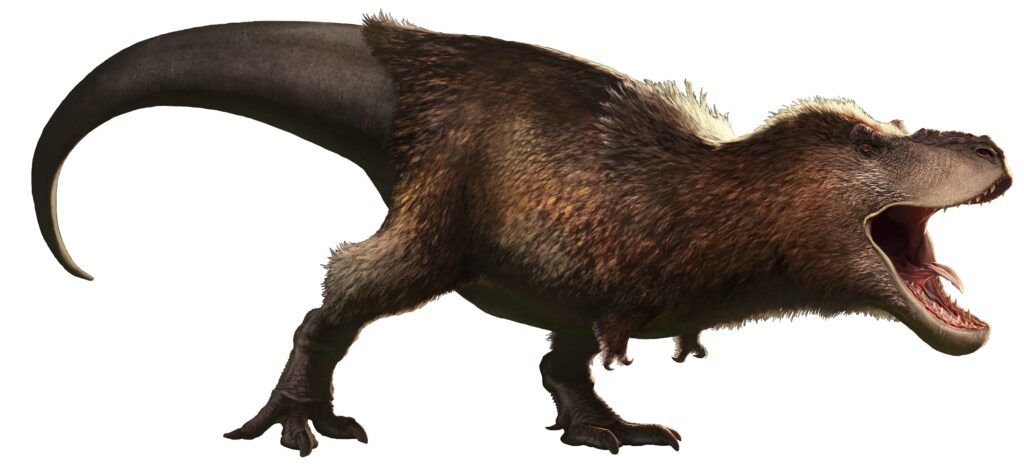
The resolution of the Nanotyrannus question has significant implications for our understanding of Late Cretaceous ecosystems. If Nanotyrannus was indeed a separate species, it would suggest that two different tyrannosaurs coexisted in the same habitat—a relatively unusual ecological situation that would require explanation. Typically, closely related predator species develop distinctions in size or hunting strategies to avoid direct competition. Some supporters of the distinct species hypothesis suggest that Nanotyrannus might have been a more agile hunter, focusing on smaller prey, while T. rex dominated the large prey niche. Conversely, if Nanotyrannus specimens represent juvenile T. rex, it would support the current understanding that T. rex was the sole large tyrannosaurid in its ecosystem but occupied different ecological niches throughout its lifespan. Young individuals would have hunted smaller prey using their speed and agility, while adults became apex predators capable of taking down the largest herbivores. This perspective aligns with observations of modern predator ecology, where juveniles and adults of the same species often hunt different prey.
Recent Discoveries Fueling the Controversy

The debate has been reinvigorated by several discoveries in recent years. In 2016, a study examining the original Nanotyrannus skull using CT scanning technology identified features that the authors interpreted as supporting its status as a distinct species. However, other researchers quickly challenged these conclusions. In 2020, a new specimen nicknamed “Petey” was reported to show features consistent with Nanotyrannus, once again stirring debate. Perhaps most significantly, the ongoing excavation and preparation of a specimen known as “Bloody Mary,” discovered in 2013 in Montana, has been cited by some researchers as potentially providing definitive evidence in the debate. This specimen, still being studied, reportedly preserves features that some paleontologists believe will conclusively demonstrate Nanotyrannus’s validity as a separate species. The scientific community awaits the full publication of these findings, which could potentially shift the consensus in this long-running controversy.
Technical Challenges in Species Identification

The Nanotyrannus debate highlights the fundamental challenges paleontologists face when trying to define species based on fossil material. Unlike biologists studying modern organisms, who can observe behavior, analyze DNA, or determine reproductive compatibility, paleontologists must rely primarily on morphological comparisons of often incomplete specimens. The problem becomes particularly acute when dealing with ontogeny (growth-related changes) and individual variation within species. Tyrannosaurs likely exhibited sexual dimorphism (differences between males and females) and individual variation, just as modern animals do, further complicating species identification. Additionally, the fossil record provides only snapshots of animals at different growth stages, making it difficult to connect these stages into a continuous growth series without intermediate specimens. These technical limitations mean that even with advanced technologies like CT scanning and histological analysis, some level of interpretation and inference is unavoidable, leaving room for honest scientific disagreement.
The Methodological Divide
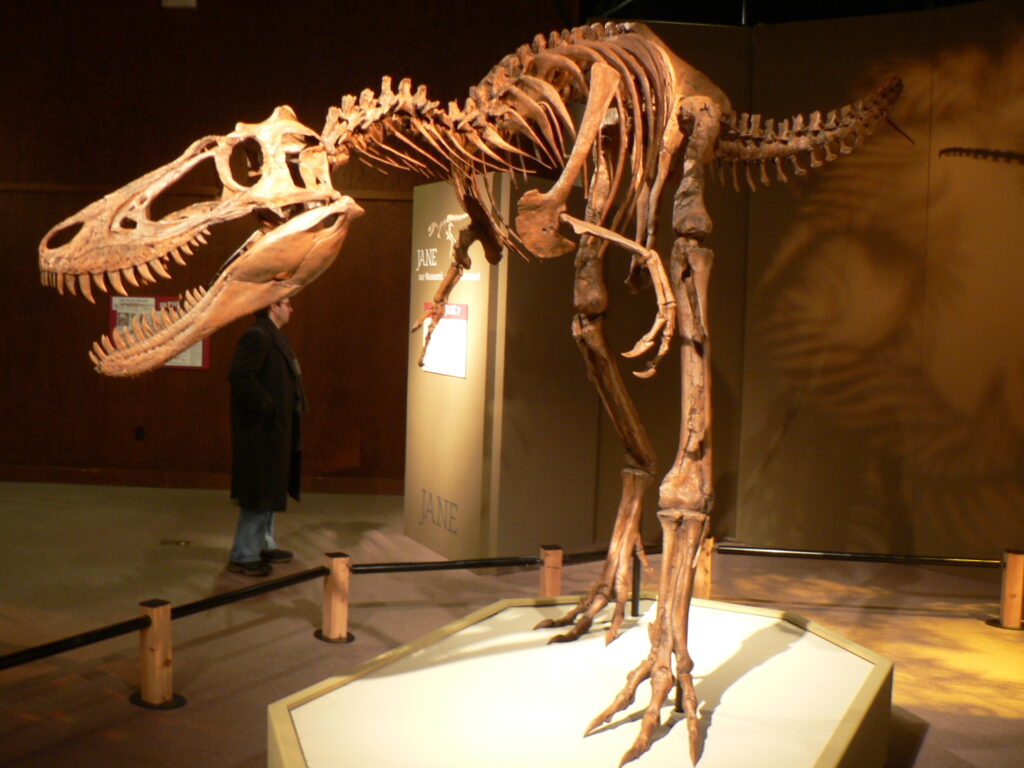
At the heart of the Nanotyrannus controversy lies a methodological divide among paleontologists about how to approach species identification in fossil organisms. Traditionalists often rely heavily on comparative anatomy, identifying taxonomically significant features that distinguish one species from another. This approach has a long history in paleontology and has successfully identified numerous valid dinosaur species. However, a more recent methodological school emphasizes the importance of growth series analysis and statistical approaches that can account for ontogenetic variation. These researchers argue that without understanding how features change during growth, paleontologists risk misinterpreting growth-related differences as species-level distinctions. The Nanotyrannus debate exemplifies this tension between methodological approaches. Some researchers maintain that certain anatomical features of Nanotyrannus specimens cannot be explained by ontogeny alone, while others argue that, without a complete growth series, we cannot confidently distinguish species-level features from growth-related ones in tyrannosaurs.
Scientific Consensus and Minority Views
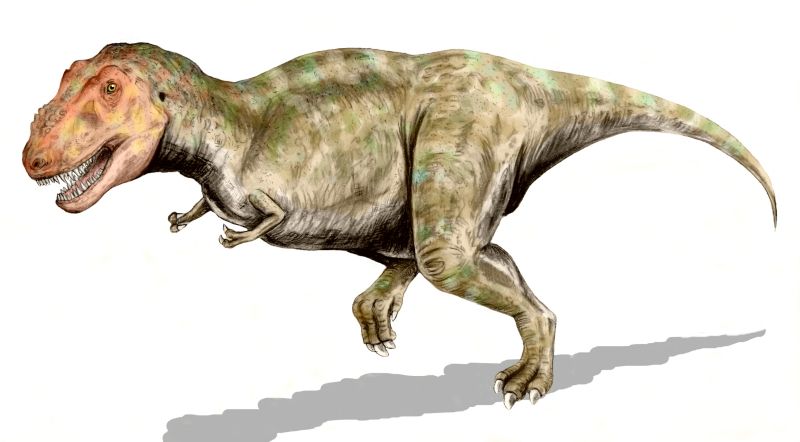
The current scientific consensus leans strongly toward interpreting Nanotyrannus specimens as juvenile Tyrannosaurus rex. This position is represented in most museum displays, recent paleontology textbooks, and the majority of peer-reviewed publications on the topic. The transition toward this consensus accelerated following histological studies in the 2010s that demonstrated juvenile characteristics in the bone microstructure of purported Nanotyrannus specimens. However, a persistent minority of respected paleontologists continues to advocate for Nanotyrannus’s validity as a separate species. This group includes some prominent researchers who argue that the consensus has formed prematurely and that certain anatomical features remain inadequately explained by the juvenile T. rex hypothesis. The persistence of this minority view, despite mounting evidence for the juvenile interpretation, illustrates how scientific controversies can endure even as consensus builds, particularly when the available evidence leaves room for multiple interpretations.
Public Fascination with the Controversy

The Nanotyrannus debate has captured public imagination in ways that few paleontological controversies have. Museum exhibits frequently highlight the question, presenting the evidence for both interpretations and inviting visitors to consider the competing hypotheses. Documentary films, popular science books, and even children’s dinosaur encyclopedias often feature the controversy, using it as a window into how paleontological science operates. This public interest partly stems from Tyrannosaurus rex’s status as perhaps the most famous dinosaur, making any controversy about its life history particularly engaging. Additionally, the debate provides an accessible example of how scientists work with incomplete evidence, form competing hypotheses, and design research to test these hypotheses, offering valuable insights into the scientific process. The controversy also highlights the provisional nature of scientific knowledge, showing how discoveries and analytical techniques can shift our understanding of even well-studied prehistoric animals like T. rex.
Future Research Directions
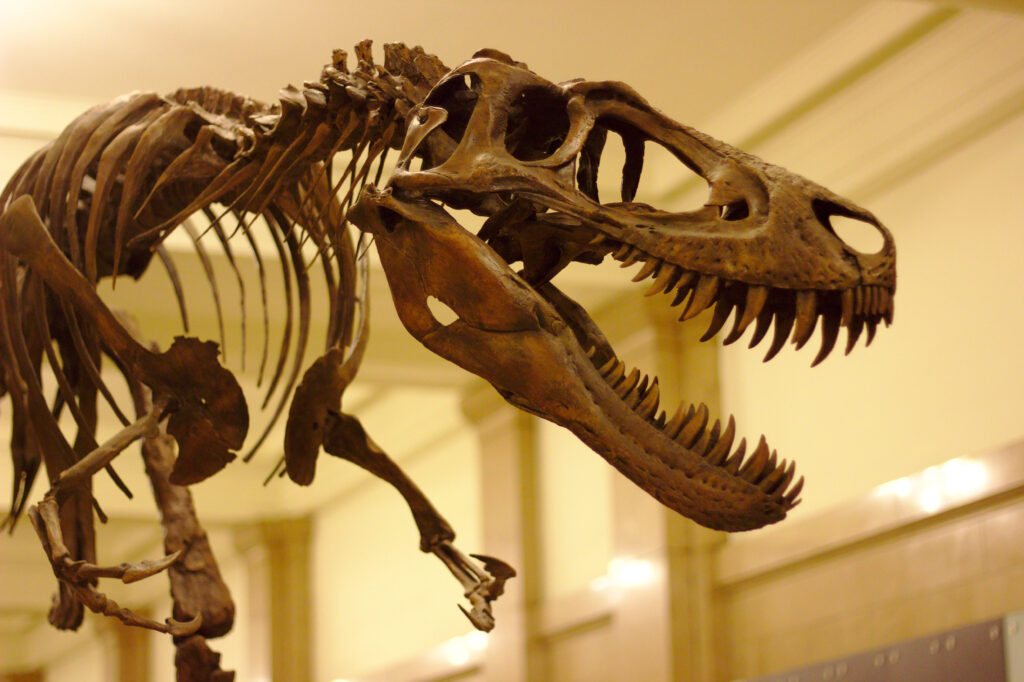
Several promising research avenues may eventually resolve the Nanotyrannus question conclusively. Additional specimens representing the critical transitional growth stages between purported Nanotyrannus individuals and subadult T. rex could provide the missing links in the growth series. More sophisticated histological studies using synchrotron radiation or other advanced imaging techniques might reveal finer details of bone microstructure that could clarify growth patterns. Geometric morphometric analysis—a statistical approach to analyzing shape variation—applied to larger samples of tyrannosaur skulls across growth stages could potentially distinguish between ontogenetic variation and species-level differences more conclusively. Studies of tyrannosaur teeth using dental histology and wear patterns might also yield insights into dietary differences that could support or refute the distinct species hypothesis. Perhaps most promising, ancient protein analysis, though still in its infancy, has already been applied to T. rex fossils and might eventually allow researchers to compare biochemical signatures between Nanotyrannus specimens and confirmed T. rex fossils.
The Legacy of a Paleontological Puzzle
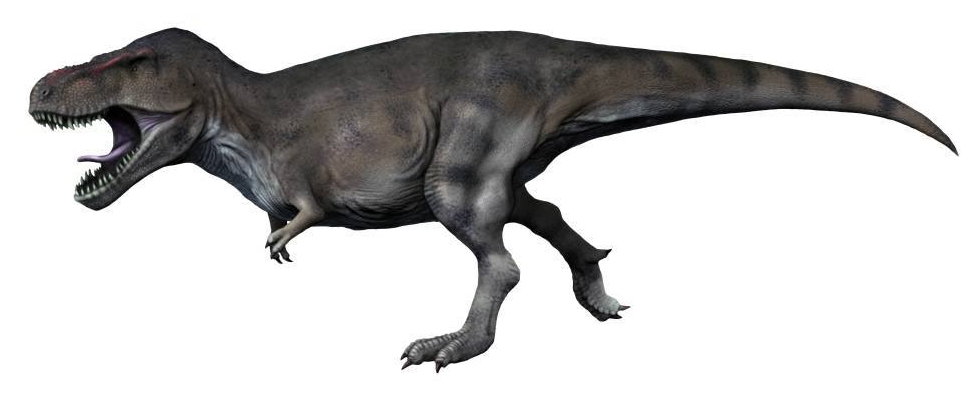
Whether Nanotyrannus eventually proves to be a valid genus or is conclusively demonstrated to represent juvenile Tyrannosaurus rex, the controversy has already made significant contributions to paleontology. It has stimulated important research into dinosaur growth patterns, improved methodologies for distinguishing between species in the fossil record, and highlighted the challenges of interpreting organisms known only from incomplete remains separated by millions of years. The debate has also provided a compelling case study in how science progresses through competing hypotheses, careful analysis of evidence, and the gradual building of consensus. For now, the Nanotyrannus question remains open enough that discoveries could potentially shift scientific opinion in either direction, making it one of paleontology’s most enduring and instructive controversies. As researchers continue to unearth new specimens and develop more sophisticated analytical techniques, we edge closer to resolving this fascinating chapter in the story of Earth’s most famous predatory dinosaur.




